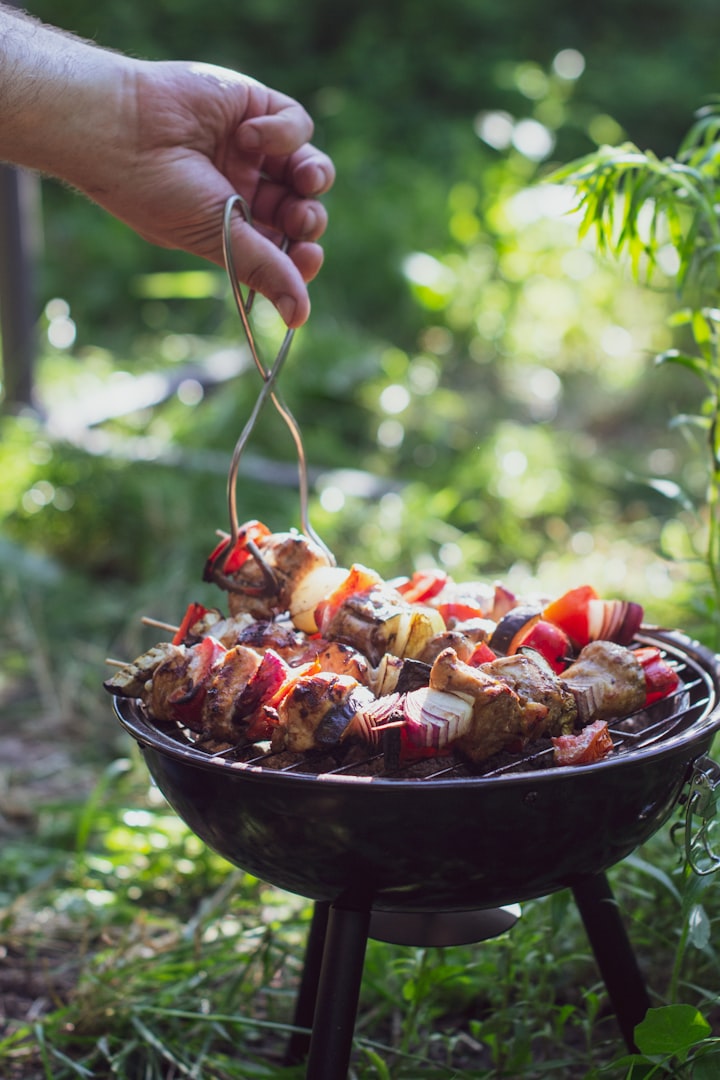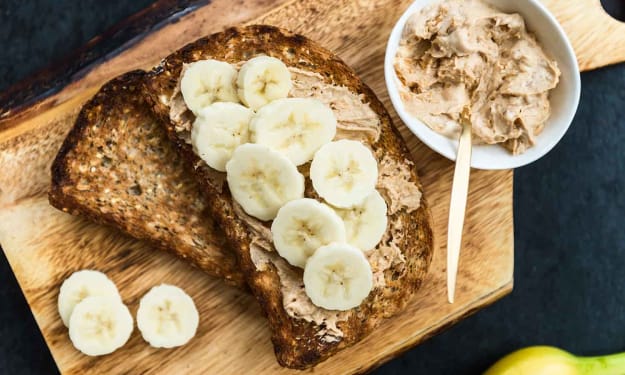Grilling Tips for Spring/Summer
Bring your A-game to every BBQ

Winter has fallen away, and spring is in the air. Pretty soon, the delicious smells of grilled food will be all-around your neighborhood as everyone brings out their grills, gives them a good dusting, and gets to work cooking all those favorite foods indicative of the season at hand. Perhaps you’re an old pro at grilling, but if you’re not, I'm here to help with some great grilling tips for spring and summer.
So, put away those crockpots and turn off the oven. These hot grilling tips will help you to prevent burned burgers, poorly cooked steaks, and half-done chicken. Whether you’re cooking for two, feeding a family, or entertaining the masses, you can learn to season like a pro and grill to such perfection that your grilled delights will be the talk of the town—or at least your own home.
Without further delay, let’s get your game in motion with these fantastic grilling tips:
Get after that gunk—You wouldn’t sauté in an unwashed skillet, so don’t grill on a dirty grill. Make it part of your ritual to turn on your grill and let it heat up for 10-15 minutes or until the grates get hot. Then get to work with a grill brush to clean off any leftover residue from them before cooking.
Cold cuts—Don’t move meat directly from the fridge to the grill. Instead, let it sit long enough to come to room temperature before putting it on the grill. Doing so will allow for more even cooking of it throughout. Just be careful not to leave it out too long. Large cuts should take no longer than an hour and smaller cuts can be brought out for half that time. Time the removal of the meat to match when your grill is ready for it.
Meat matters—You can’t turn a Pinto into a Corvette. Meat is much the same. You can’t buy cheap cuts of meat and expect to get the same results as you would from high-end cuts. The better the cut of meat, the better the results.
Seasoning for the season—All a great cut of meat really needs is a bit of salt and pepper to enhance the flavor. There is no need to drown your meat in marinades unless you’re working with a less expensive cut that might need a bit of coaxing along.
Hold the sauce—Barbecue sauce is going to cook a lot faster than the meat you’re putting it on, which means it is going to burn if you put it on too early. If you are making something like BBQ chicken, you’re going to want to wait until it is almost done and then apply the sauce. This will give it just enough time to heat through and start caramelizing to perfection.
Making the most of your wood—If you’re cooking with wood or even charcoal, you can’t go wrong with adding bits of hickory, mesquite to the fire but did you know that cherry, apple, alder, and even pecan wood will also give your meat a flavor you can’t beat?
Heat your grill properly—Don’t put your food on before your grill is ready to do its job. For charcoal or wood, allow at least 30 minutes for them to turn gray before putting food on the grill. If using a gas grill, it will heat up faster but give it enough time to heat up to full temperature and for the grates to get hot.
Go in hot—Start hot so you get a nice sear on your meat and then adjust the temperature downward. You’ll seal in all the flavor right from the get-go with just this one simple step. If you’re using a rub or spice mix, this will create a delicious crust with a burst of flavor, in addition to sealing in the juices.
Give it space—If you’re standing beside your grill, constantly fiddling with the food, you’re going about it all wrong. Most meat needs to only be turned once. Repeatedly opening the lid causes you to lose the smoke that adds flavor and creates temperature fluctuations. Your grill must maintain a constant temperature for your food to cook properly.
Skip the Flare—Constantly flipping the food is a sure-fire way to cause those nasty flare-ups on your grill. Each time you move the meat, you drop fat down on the fuel, causing flames to shoot upward. Let the meat sit until it needs to be turned and use a pair of tongues to prevent puncturing it and letting out fatty juices. This will prevent charring from direct flames.
Raw food is great unless it’s meat—Using a meat thermometer will assure that your meat is cooked to perfection every time. Your best choice is a remote one so that you aren’t losing heat and smoke each time you open the grill or that you aren't poking holes in the meat with a thermometer, causing flare-ups. With a remote probe, you can put it into place and set an alarm for when it arrives at the correct temperature.
Give it a rest—Just like a fine wine needs to breathe, your meat needs to rest. It will continue to cook about 10% more once removed from the grill and the flavors will settle in as it sits. Let it rest for about five minutes and then cut and serve it for optimal flavor.
So, what are you waiting for? Get out those grills and call your friends over for a day out in the sunshine, grilling and chatting about all the things you’ve missed during your long cold months of hibernation. If you follow these best grilling tips for spring and summer, you’ll be the guy or gal everyone wants to get an invite from to his next barbecue.
About the Creator
A.W. Naves
Writer. Author. Alabamian.






Comments
There are no comments for this story
Be the first to respond and start the conversation.